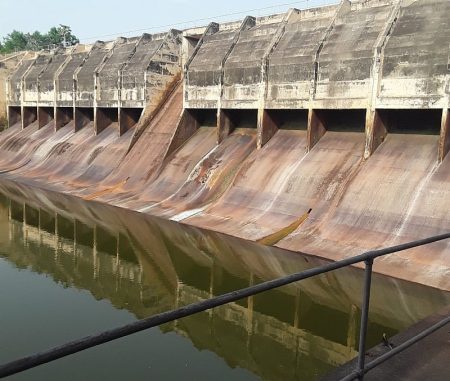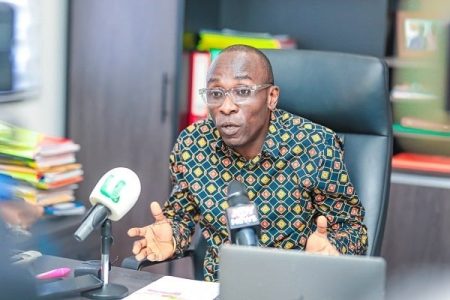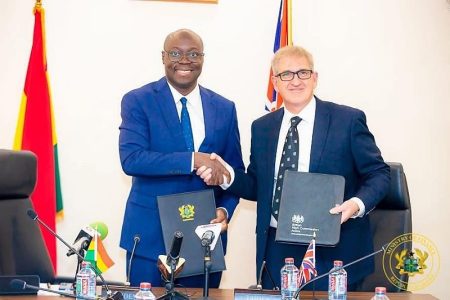The controversy surrounding alleged National Security involvement in illegal mining operations at Akatakyieso, Adansi North District, stems from conflicting accounts of activities at three distinct sites within the enclave. A viral Facebook post by journalist Erastus Asare Donkor accused National Security operatives of seizing a licensed underground small-scale mine, displacing workers, and employing armed individuals to conduct unauthorized mining. Ashanti Regional Security Coordinator, Captain (Rtd.) John Kwame Jabari, refutes these allegations, providing a detailed breakdown of National Security’s presence in the area.
Firstly, regarding a Chinese mining operation within Akatakyieso, Captain Jabari confirms previous National Security deployment for a routine anti-illegal mining operation. Several Chinese nationals were briefly detained but subsequently released after their work permits were verified. Currently, no National Security personnel are stationed at this site. This clarifies the initial claim of a takeover of a licensed mine, differentiating it from a standard anti-illegal mining operation targeting foreign nationals. The verification of work permits underscores due process in addressing potential illegal mining activities.
Secondly, the disputed underground mine, the focal point of the allegations, has a complex history. Originally operated by the late Mr. Rasak, the site’s control was purportedly seized by Kwabena Macho after the 2016 general elections, allegedly leveraging political influence. Captain Jabari insists National Security is not actively mining at this location, but rather securing it following its closure. He explains that activities like pumping water, perceived as evidence of mining, are necessary maintenance procedures to preserve access. Furthermore, attempts to verify the current operators’ legal documentation yielded no evidence of valid licenses, highlighting the ambiguity surrounding the site’s rightful ownership and operational legitimacy.
Thirdly, a separate open area in Akatakyieso, notorious for illegal mining and environmental damage, was also targeted by National Security. Operations focused on evacuating hundreds of illegal miners and halting further ecological degradation. This intervention emphasizes National Security’s role in combating illegal mining and environmental protection, distinct from the alleged seizure and operation of legitimate mining operations. The evacuation of illegal miners underscores efforts to uphold environmental regulations and prevent further damage to local ecosystems.
Captain Jabari categorically denies all accusations of National Security operating the mines, dismissing them as unsubstantiated fabrications. He emphasizes the distinction between securing closed sites for investigative purposes and actively engaging in mining operations. This denial, coupled with the explanation of activities at each site, challenges the narrative presented by Erastus Asare Donkor. The absence of presented evidence further solidifies the counter-narrative of security and preservation, rather than active mining by National Security.
The core of the disagreement lies in the interpretation of National Security’s presence at the disputed underground mine. While Donkor alleges an illegal takeover and operation, Captain Jabari maintains that the site is secured following its closure, and activities like water pumping are essential maintenance. This disparity highlights the need for transparent investigation and presentation of evidence to clarify the situation definitively. The conflicting claims underscore the importance of distinguishing between securing a site and actively mining, demanding further investigation to determine the veracity of each account.
Adding further complexity, the Akatakyieso concession’s history reveals a potential backdrop of political maneuvering and exploitation. Reportedly part of AngloGold Ashanti’s (AGA) land ceded to local communities for legal artisanal mining, the concession was allegedly diverted to political allies who partnered with Chinese nationals, contrary to its intended purpose. This historical context raises questions about the legitimacy of current operations and the potential for vested interests to influence activities at the site. The alleged diversion of the concession’s original intent raises concerns about transparency and potential corruption, potentially fueling the ongoing dispute. The government’s subsequent annulment of the community mining scheme further complicates the situation, highlighting the challenges of regulating small-scale mining and preventing its exploitation for personal gain.














